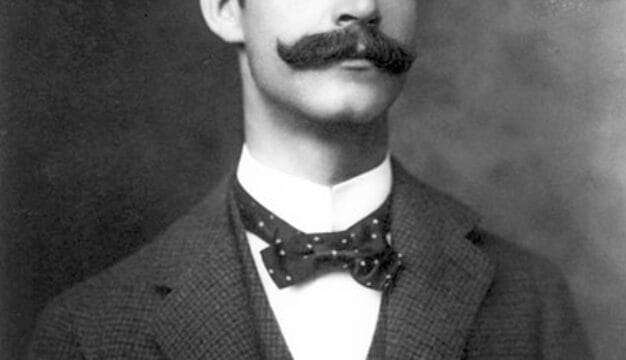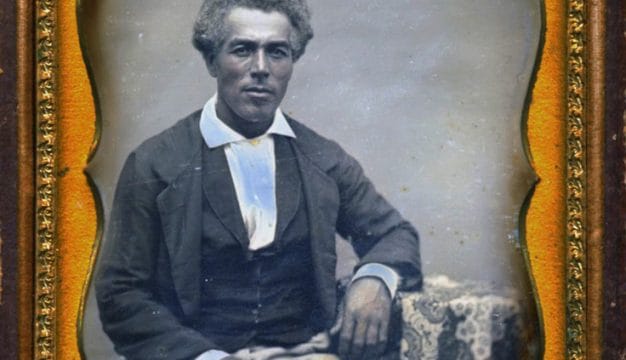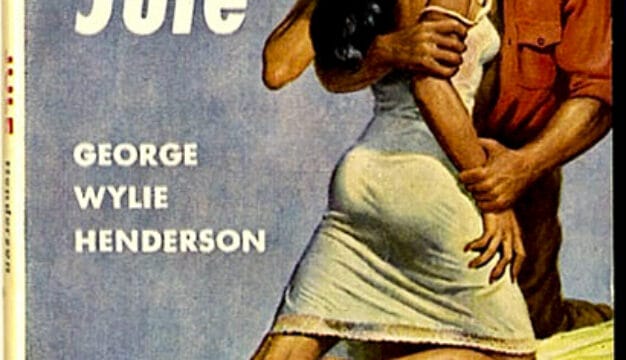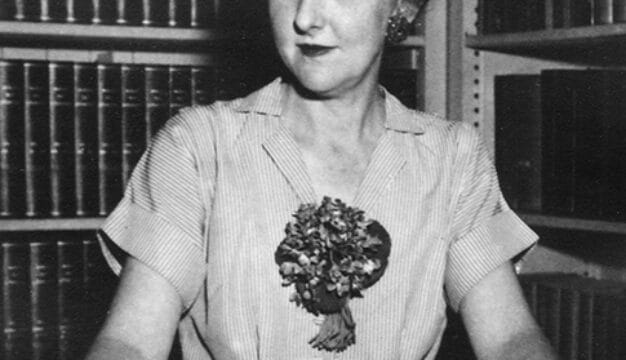Daniel "Chappie" James
Daniel “Chappie” James Jr. (1920-1978) learned to fly at Tuskegee Institute and trained other pilots during World War II as one of the Tuskegee Airmen. He is one of the most notable of the Airmen for flying 179 combat missions during the Korean War and the Vietnam War and retiring as the nation’s first African American four-star general in 1978.
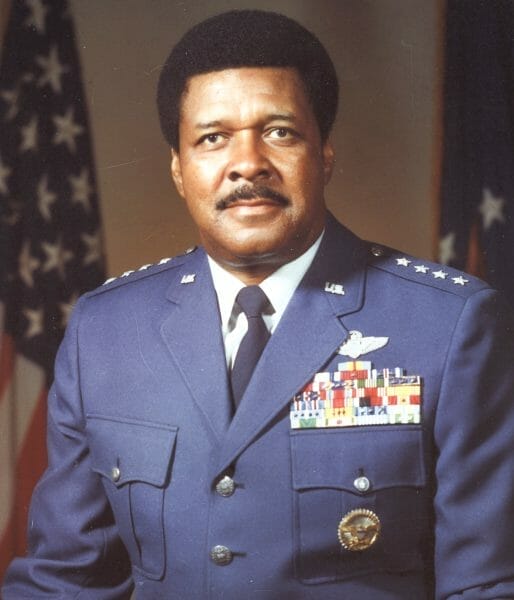 Gen. Daniel “Chappie” James
James was born on February 11, 1920, in Pensacola, Florida, to Daniel and Lillie James; he was the youngest of 17 children. Although the family lived in a low-income neighborhood, his mother ran a school described as prestigious, providing the family with a middle-class lifestyle. In September 1937, he entered Tuskegee Institute (present-day Tuskegee University) in Tuskegee, Macon County, as a student in physical education but was expelled in his senior year for fighting; he did not complete his degree until many years later. In early 1942, he completed the Civilian Pilot Training Program at Tuskegee’s Kennedy Field and worked for a time there as a civilian flight instructor with Charles Alfred “Chief” Anderson. In early 1943, James entered the military cadet flying training program at Tuskegee, graduating in class 43G as a single-engine pilot on July 28, 1943. On November 3, he married Dorothy Watkins, who was from Tuskegee. They would have three children, one of whom also became an Air Force general.
Gen. Daniel “Chappie” James
James was born on February 11, 1920, in Pensacola, Florida, to Daniel and Lillie James; he was the youngest of 17 children. Although the family lived in a low-income neighborhood, his mother ran a school described as prestigious, providing the family with a middle-class lifestyle. In September 1937, he entered Tuskegee Institute (present-day Tuskegee University) in Tuskegee, Macon County, as a student in physical education but was expelled in his senior year for fighting; he did not complete his degree until many years later. In early 1942, he completed the Civilian Pilot Training Program at Tuskegee’s Kennedy Field and worked for a time there as a civilian flight instructor with Charles Alfred “Chief” Anderson. In early 1943, James entered the military cadet flying training program at Tuskegee, graduating in class 43G as a single-engine pilot on July 28, 1943. On November 3, he married Dorothy Watkins, who was from Tuskegee. They would have three children, one of whom also became an Air Force general.
James, then a second lieutenant, served with a squadron of the all-Black 332nd Fighter Group that trained at Selfridge Field, near Mount Clemens, Michigan; the pilots flew P-40 and later P-39 fighter planes. During his time there, he took part in an unsuccessful attempt to desegregate base facilities, including the base theater. When the lights were lowered, he and other Black pilots moved into the white section of the theater. When the lights came on again, however, the men were forced to their own side. In early 1944, the 332nd Fighter Group deployed for overseas combat, but James did not go with it. Instead, he went to Mather Field, near Sacramento, California, to train in the twin-engine B-25 medium bomber along with other Tuskegee-trained pilots who were too tall to fit comfortably in fighters. James was unusual for a pilot, standing 6 feet 5 inches and being solidly built. He returned to Selfridge in the spring of 1944, serving with the 617th Bombardment Squadron of the 477th Bombardment Group. Although the 477th trained with B-25s to fight in the Pacific Theater of Operations, World War II ended before it had a chance to deploy or enter combat.
James was serving with the 477th Bombardment Group when a racial incident occurred at Freeman Field, Indiana, in April 1945, but he was not among the 101 black officers incarcerated for refusing to sign a document recognizing separate officers clubs there. He transferred to the 332nd Fighter Group when it replaced the 477th at Lockbourne Air Force Base in Ohio in July 1947, and he became a member of the 301st Fighter Squadron. When the 332nd Fighter Group was inactivated two years later, James remained in the new United States Air Force.
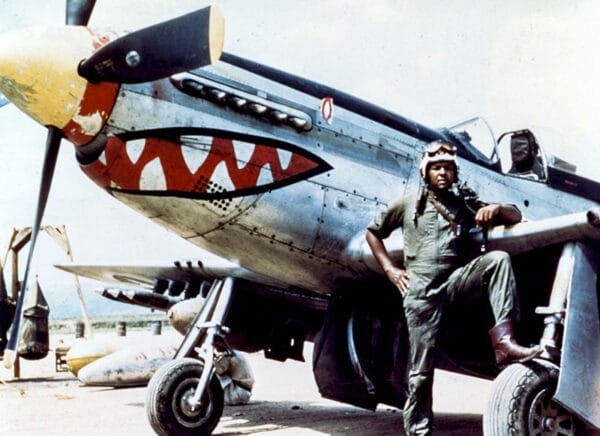 James In Thailand
During the Korean War, James flew 101 combat missions in the F-51 fighter and the Air Force’s first operational jet fighter, the F-80. He was promoted to captain on October 31, 1950. After the war, James served in a variety of U.S. Air Force units. He commanded the 60th Fighter Interceptor Squadron at Otis Air Force Base in Massachusetts for a time, and, in late 1956 and early 1957, he attended the Air Command and Staff College at Maxwell Air Force Base in Montgomery, Montgomery County. Between July 1957 and June 1960, he worked as a staff officer at the Pentagon in Arlington, Virginia.
James In Thailand
During the Korean War, James flew 101 combat missions in the F-51 fighter and the Air Force’s first operational jet fighter, the F-80. He was promoted to captain on October 31, 1950. After the war, James served in a variety of U.S. Air Force units. He commanded the 60th Fighter Interceptor Squadron at Otis Air Force Base in Massachusetts for a time, and, in late 1956 and early 1957, he attended the Air Command and Staff College at Maxwell Air Force Base in Montgomery, Montgomery County. Between July 1957 and June 1960, he worked as a staff officer at the Pentagon in Arlington, Virginia.
 James During Vietnam War
Many of James’s assignments in the 1960s were overseas, including a Royal Air Force station at Bentwaters, England, where he commanded the 92nd Tactical Fighter Squadron between February and July of 1962. Between December 1966 and December 1967, then Col. James served at Ubon Royal Thai Air Base in Thailand, first as Deputy Commander for Operations and then as Vice Commander of the 8th Tactical Fighter Wing. While serving there, he flew F-4 fighter aircraft in 78 missions over Vietnam. Their unit was highly regarded and participated in one of the largest air battles of the war. At the end of the decade, he moved to Wheelus Air Base in Libya, where he served as commander of the 7272nd Flying Training Wing between August 1969 and March 1970.
James During Vietnam War
Many of James’s assignments in the 1960s were overseas, including a Royal Air Force station at Bentwaters, England, where he commanded the 92nd Tactical Fighter Squadron between February and July of 1962. Between December 1966 and December 1967, then Col. James served at Ubon Royal Thai Air Base in Thailand, first as Deputy Commander for Operations and then as Vice Commander of the 8th Tactical Fighter Wing. While serving there, he flew F-4 fighter aircraft in 78 missions over Vietnam. Their unit was highly regarded and participated in one of the largest air battles of the war. At the end of the decade, he moved to Wheelus Air Base in Libya, where he served as commander of the 7272nd Flying Training Wing between August 1969 and March 1970.
During the 1970s, James reached the apex of his military career. While serving at the Pentagon in the Office of the Secretary of Defense as Deputy Assistant Secretary of Defense for Public Affairs, between March 1970 and August 1974, he rose to the ranks of brigadier general, major general, and lieutenant general. He was the second African American to become an Air Force general, after Benjamin O. Davis Jr. During this time, he became known more widely as a result of his patriotic articles and speeches.
After a year as vice commander of the Military Airlift Command, in September 1975 James was promoted and became the first black four-star general in the Air Force. At the same time, he assumed command of the North American Air Defense Command and Aerospace Defense Command. In that capacity, he was responsible for the air defense of North America, including both Canada and the United States, and for providing warning and assessment of hostile bomber or missile attacks. He not only was the first black four-star general in the Air Force but also was the first black four-star general in any of the American military services. He died of a heart attack on February 25, 1978, in Colorado Springs, Colorado, just after his formal retirement, and was buried at Arlington National Cemetery. He was the recipient of numerous honorary degrees and accolades in addition to earning a Distinguished Flying Cross and the Air Medal with seven Oak Leaf Clusters (equivalent to earning eight Air Medals), a Distinguished Unit Citation, a Presidential Unit Citation, and an Air Force Outstanding Unit Award.
Additional Resources
McGovern, James R. Black Eagle: General Daniel “Chappie” James, Jr. Tuscaloosa: University of Alabama Press, 1985.
Phelps, J. Alfred. Chappie: America’s First Black Four-Star General. Novato, Calif.: Presidio Press, 1991.
